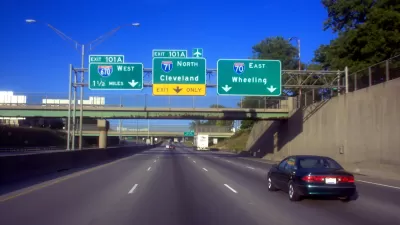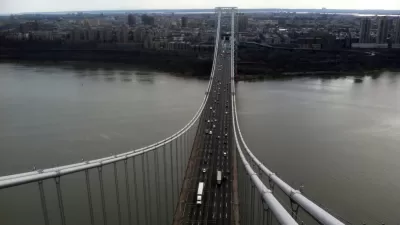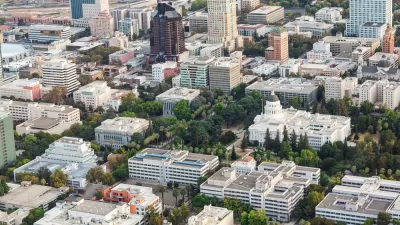Affordable housing initiatives have stalled with the collapse of the market in tax credits which fund construction. Advocates are resting their hopes in the stimulus bill to turn things around.
"With the whole housing market in a deep freeze, it's perhaps not surprising that fewer low-income units – which require huge subsidies to get built even in flush times – are being constructed. But the slowdown is happening at a time when rising foreclosures are forcing more people into the rental market.
The problem stems from the fact that the primary mechanism for expanding housing for the poor – tax credits – has collapsed. These credits, though little known, are responsible for financing as much as 70 percent of the cost of constructing new low-income housing.
The stimulus bill being debated this week in the US Senate does just that. So far, it would grant $2 billion to be distributed to individual states to fill affordable-housing financing gaps. Under the House version of the bill, the US government would buy a portion of credits that developers couldn't sell, in the hope that would be enough to get construction moving again."
FULL STORY: Affordable housing hits a wall in time of rising need

Maui's Vacation Rental Debate Turns Ugly
Verbal attacks, misinformation campaigns and fistfights plague a high-stakes debate to convert thousands of vacation rentals into long-term housing.

Planetizen Federal Action Tracker
A weekly monitor of how Trump’s orders and actions are impacting planners and planning in America.

San Francisco Suspends Traffic Calming Amidst Record Deaths
Citing “a challenging fiscal landscape,” the city will cease the program on the heels of 42 traffic deaths, including 24 pedestrians.

Defunct Pittsburgh Power Plant to Become Residential Tower
A decommissioned steam heat plant will be redeveloped into almost 100 affordable housing units.

Trump Prompts Restructuring of Transportation Research Board in “Unprecedented Overreach”
The TRB has eliminated more than half of its committees including those focused on climate, equity, and cities.

Amtrak Rolls Out New Orleans to Alabama “Mardi Gras” Train
The new service will operate morning and evening departures between Mobile and New Orleans.
Urban Design for Planners 1: Software Tools
This six-course series explores essential urban design concepts using open source software and equips planners with the tools they need to participate fully in the urban design process.
Planning for Universal Design
Learn the tools for implementing Universal Design in planning regulations.
Heyer Gruel & Associates PA
JM Goldson LLC
Custer County Colorado
City of Camden Redevelopment Agency
City of Astoria
Transportation Research & Education Center (TREC) at Portland State University
Jefferson Parish Government
Camden Redevelopment Agency
City of Claremont





























